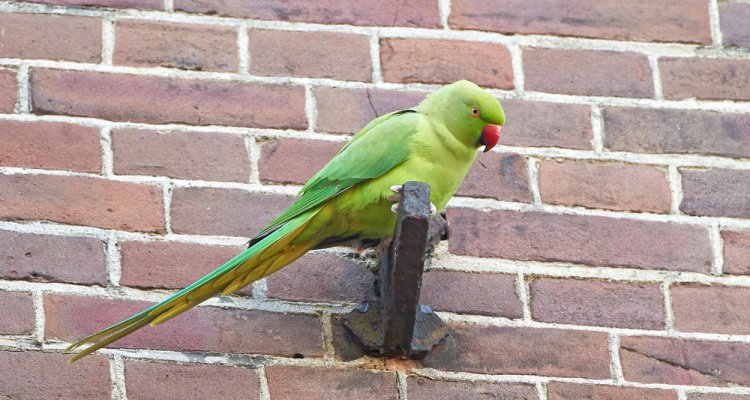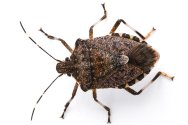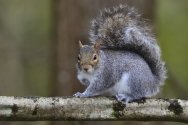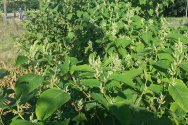
Dossier
Exotic species in the Netherlands
Exotic species, also known as alien or introduced species, are animals, plants, fungi or micro-organisms imported through human activity into an area where they do not originally occur, but where they proceed to thrive. Species which were introduced to the Netherlands before the year 1500, such as the rabbit, the pheasant and the mute swan, do not count and are considered indigenous.
Exotic species are sometimes introduced deliberately. An example is the multicoloured Asian ladybird, released in Europe 20 years ago to combat aphids. Pheasants and fallow deer were once released as hunting game. And every year hundreds of turtles and pond perch are released into Dutch watercourses when their owners have had enough of them.
But a lot of species get introduced by accident. Sometimes pets or ornamental animals escape from captivity, as did the Egyptian goose, the Pallas’s squirrel and the Italian crested newt. Marine creatures such as the Chinese mitten crab are brought in with ballast water from ships; the tiger mosquito hitches a ride on tropical plants. And since a canal was dug between the Rhine and Danube 20 years ago, fish species from the Danube watershed, such as the round goby and the money goby, have been able to reach our waters.
There is another category of newcomers that we do not count as exotic: species such as the great egret, whose habitat is shifting as a result of climate change. They are counted in the same category as the lynx, wildcat, wolf and perhaps the golden jackal: animals that settle here of their own accord.
Species monitoring through eDNA
With the help of environmental DNA (eDNA), researchers can demonstrate the presence of animal species, for example based on water samples.
Publications
-
A simple competition model can predict rainforest tree diversity, species abundance and ecosystem functions
Journal of Ecology (2025) - ISSN 0022-0477 -
Legumes and livestock in no-till crop rotations : Effects on nitrous oxide emissions, carbon sequestration, yield, and wheat protein content
Agricultural Systems (2025), Volume: 224 - ISSN 0308-521X -
Change and stability in conservation discourses : A historical account of 30 years of citizen engagement in nature conservation policies in the Netherlands
Journal for Nature Conservation (2025), Volume: 84 - ISSN 1617-1381 -
From yield and nutrient gaps to assessing future food self-sufficiency in Africa
In: Pathways to African Food Security - London: Taylor and Francis A.S. - ISBN: 9781032649672 - p. 89-99. -
Ten simple rules to complete successfully a computational MSc thesis project
PLoS Computational Biology (2025), Volume: 21 - ISSN 1553-734X -
A geometric model to predict protein retentions during skim milk microfiltration
Journal of Membrane Science (2025), Volume: 722 - ISSN 0376-7388 -
Growing towards a food-secure Africa in 2050 : reflections and pathways
In: Pathways to African Food Security - London: Taylor and Francis A.S. - ISBN: 9781032649672 - p. 267-280. -
Unravelling the secret life of MultiAnnual delayed gametophytes in the order of the Laminariales
Journal of Experimental Marine Biology and Ecology (2025), Volume: 583 - ISSN 0022-0981 -
The cubicle hood sampler : Design of a practical system for the measurement of dairy cows’ methane production rates
Biosystems Engineering (2025), Volume: 251 - ISSN 1537-5110 - p. 11-19. -
Cellular damage triggers mechano-chemical control of cell wall dynamics and patterned cell divisions in plant healing
Developmental Cell (2025) - ISSN 1534-5807




